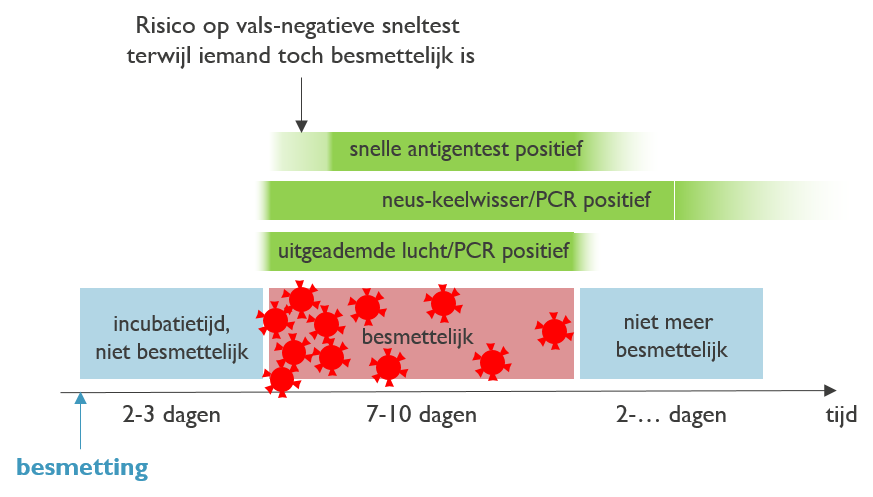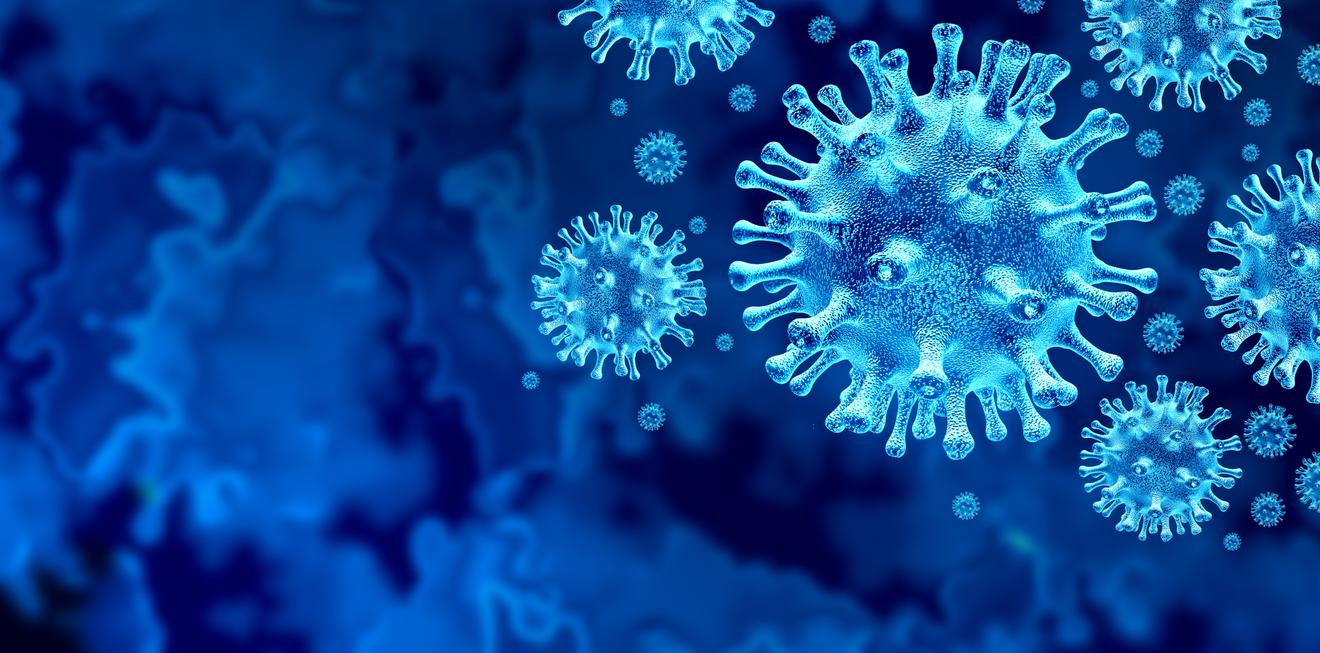Today, self-tests (rapid antigen tests with shallow nose swabs of the type taken in pharmacies etc) are widely used as one of the tools in the fight against the spread of SARS-CoV-2. They are recommended to anyone showing corona symptoms. An antigen test is less sensitive than a PCR test, but it was assumed that the rapid tests were still fairly reliable during the period when people are most contagious. That assumption was based on data from PCR tests based on deep nasal swabs, which showed a lower viral load at an early stage of infection and therefore a lower risk of infecting someone else.
A clinical study by imec, KU Leuven and UZ Leuven now contradicts this hypothesis. The results were published in preprint on December 20, 2021 and have not yet gone through a peer review , but the researchers already want to make their findings public in the interest of public health.
Clinical study with new breath test
For their study, the researchers used a new ‘breathalyzer’ breath test developed by imec. In this technique, a PCR test is performed on a breath sample instead of on a sample obtained after a deep nose swab. It is the first time that a longitudinal study also examines the viral load in exhaled air particles.
The subjects in the study were 58 high-risk contacts. Eleven of them developed an infection. A saliva sample, a breath sample and samples with nasal swabs were taken daily or twice a day for two weeks.
The researchers then compared the viral load in the different types of samples. During the first two days after infection, half of the rapid antigen tests in the subjects resulted in false negatives. From day three, the results of the antigen test were in line with those of the PCR tests (both those based on nose swabs and breath samples). But where the traditional PCR tests based on nose swabs showed a viral load that started low and went up in the first two days, according to the PCR tests on breath samples, it had reached a maximum faster and gradually decreased. The high exhaled viral load is a first indication that the virus can easily be passed on immediately after an infection.
Our results show that a negative rapid test before a meeting does not guarantee that you cannot infect anyone.Prof. dr. Emmanuel André
Rapid test offers insufficient guarantee for a safe meeting
Professor Emmanuel André, clinical microbiologist at KU Leuven/UZ Leuven and principal investigator of the study: “We already knew that aerosols play a key role in the spread of the virus, especially in poorly ventilated areas where many people gather. Now we also discovered that the viral load in exhaled air is already high in an early phase of the infection, when half of the antigen tests show an incorrect result at that time.”
“Our results show that a negative rapid test just before a meeting does not guarantee that you cannot infect anyone, especially if you have only recently been exposed to the virus. A rapid test is still better than no test, but a negative result is possible. give a false sense of security, so a negative rapid test cannot replace quarantine, especially in the first seven days after a high-risk contact.

A new KU Leuven, UZ Leuven and imec study brings clear differences to light in the way the viral load evolves.

